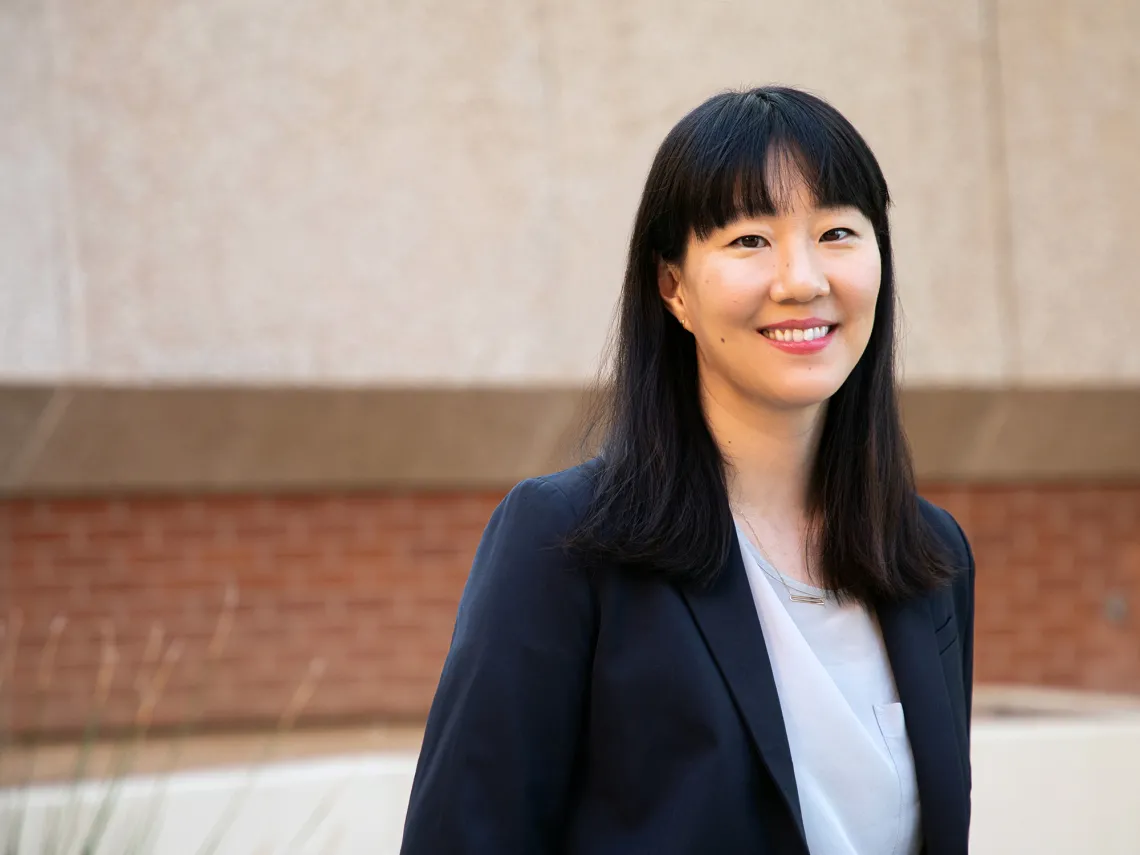Lee Analyzes Supreme Court Asylum Cases on SCOTUSblog

SCOTUSblog
Feb. 22, 2021, Court to assess when to treat asylum seekers' testimony as credible
Feb. 24, 2021, Court considers credibility, persuasiveness and truth in asylum seekers' testimony
Associate Professor Eunice Lee provided commentary for SCOTUSblog on two consolidated asylum cases heard by the U.S. Supreme Court this term.
In the first of a three-part series, Lee provided a case preview on the consolidated cases of Wilkinson v. Dai and Wilkinson v. Alcaraz-Enriquez, on the issue of when to treat asylum seekers' testimony as credible:
In asylum cases before the immigration and federal courts, responsibility for making credibility determinations rests with the immigration judge. Immigration laws recognize that in asylum proceedings — as in other contexts — the trier of fact who directly hears a person’s testimony can best assess their credibility. In some cases, however, IJs decline to make explicit credibility findings when denying asylum. On Tuesday, in Wilkinson v. Dai and Wilkinson v. Alcaraz-Enriquez, the Supreme Court will consider the permissibility of the U.S. Court of Appeals for the 9th Circuit’s approach to these circumstances: When immigration courts fail to make an explicit credibility determination, the 9th Circuit treats the asylum seeker’s testimony as credible in its own review.
Lee continued:
Both the government on the one hand, and the asylum seekers and their amici on the other, contend that their positions follow the structure of REAL ID and give effect to the federal courts’ limited scope of review. The government emphasizes deference to the agency decisions under a favorable standard of review, whereas the asylum seekers underscore the courts’ limited review of given reasons under Chenery. In his majority opinion in Dai, [Judge Stephen] Reinhardt dissected the differences between federal appellate review of agency decisions compared to review of district court decisions. He cast the former as a modest enterprise in siding with Dai. On Tuesday, the Supreme Court will consider the contours of this review in what is likely to be the last of the late judge’s decisions before it.
In the second part of the series, Lee provided an argument analysis, detailing the oral arguments from the Feb. 23 Supreme Court hearing:
During oral argument, the justices and advocates parsed fine-grained differences between credibility, persuasiveness and truth. Their exploration delved deeply into the facts of both cases, as well as into a more light-hearted scenario involving cookie-eating children.
Lee went on to write:
The majority of the back-and-forth between the justices and advocates focused on granular factual and definitional issues. The justices seemed oft-unpersuaded by the distinctions between truth, persuasiveness and credibility drawn by the parties. Various hypotheticals and deep-dives into the evidence spurred somewhat unusual alliances, including a possible Thomas-Alito-Kagan-Barrett front against (in?)credible snacking children. Yet shared skepticism toward the parties’ key positions left the justices’ ultimate views on the 9th Circuit rule and the contours of federal review unclear.
Lee will contribute the final article in the series following the Supreme Court decision.
